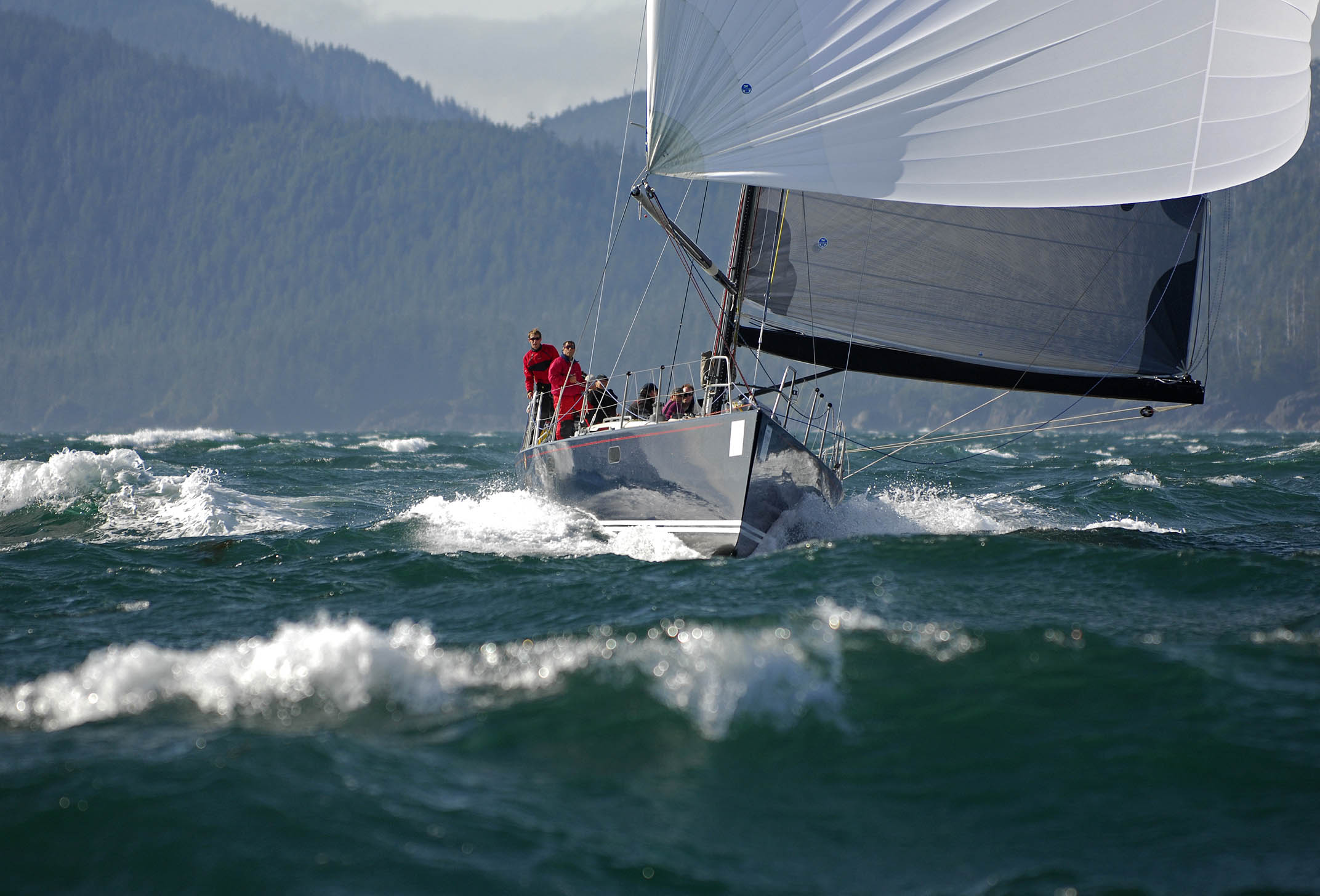Safety At Sea Seminar
One of the requirements for participating in the Pacific Cup this year is that most of the crew need a current US Sailing Safety at Sea certification. In order to get this certification you need to attend a class where they review in great detail all the elements of survival at sea in case you have an incident onboard.
The course includes classroom and practical sessions. Topics covered include safety equipment, storm sails, weather forecasts, heavy weather, man overboard, emergency signals and communications. Practical sessions include inflating and using lifejackets and life rafts in a pool environment.
In one of the sessions we were able to set off a variety of flares and signal devices, plus observe a US Coast Guard rescue swimmer conduct and operation -- all very valuable information that hopefully we will never need. Some of the other key lessons learned were as follows -
The course includes classroom and practical sessions. Topics covered include safety equipment, storm sails, weather forecasts, heavy weather, man overboard, emergency signals and communications. Practical sessions include inflating and using lifejackets and life rafts in a pool environment.
In one of the sessions we were able to set off a variety of flares and signal devices, plus observe a US Coast Guard rescue swimmer conduct and operation -- all very valuable information that hopefully we will never need. Some of the other key lessons learned were as follows -
- Life jackets are useless without thigh straps
- Laser flares are much, much better than regular flares (pyrotechnics)
- Other than stopping the bleeding and keeping the person comfortable, etc -- there is not much real medical assistance you can provide onboard
- Moving around with all your gear on in the water if very difficult
- Never tie the helicopter retrieval line to your vessel
- Don't skimp on your liferaft -- they are small and claustrophobic

.jpg)
<< Home